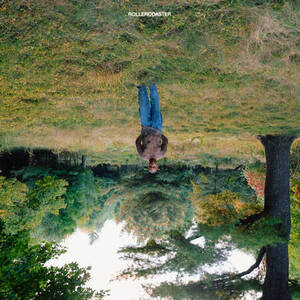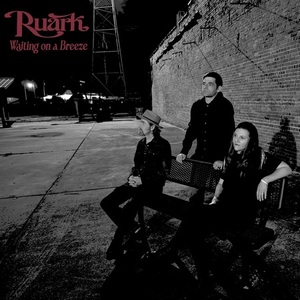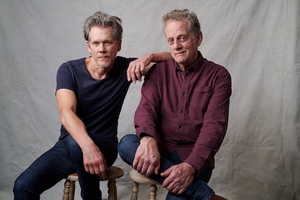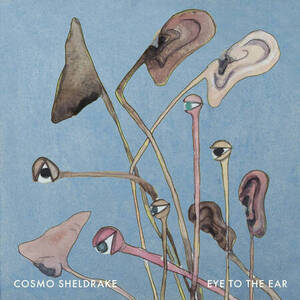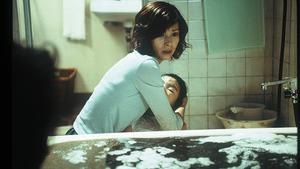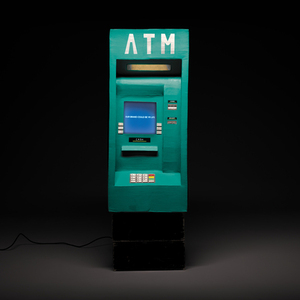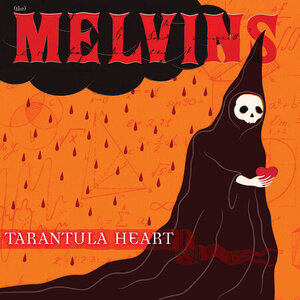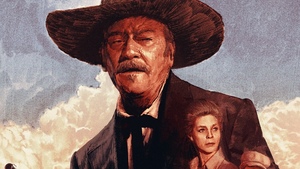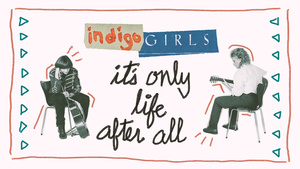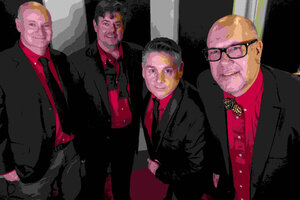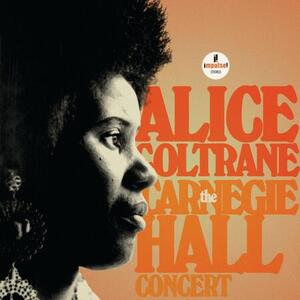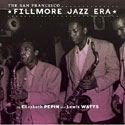
Harlem of the West
by Elizabeth Pepin and Lewis Watts
Chronicle Books
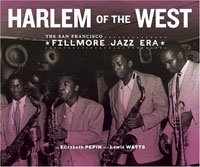
Jazz histories in America tend to focus almost exclusively on the eastern locales, Chicago, New York, New Orleans, with hardly a nod toward the West Coast “scenes.” Who would think to look for a long forgotten but once thriving jazz scene in that erstwhile haven of California psychedelia, Bill Graham’s fiefdom, the Fillmore? Turns out, yes and hell yes. In the 1940s and 1950s, the Fillmore was a thriving, multiracial neighborhood with a jazz and blues scene that was tough to beat on the West Coast.
Elizabeth Pepin and Lewis Watts, photographers and documentarians both, who previously turned their knowledge and passion for the history and music of San Francisco’s Fillmore neighborhood into a PBS documentary, have now collaborated again for Harlem of the West. Harlem of the West is intended both as a chance to showcase the wealth of photos they uncovered and to focus on the sublime music (and music lovers) of the neighborhood. And, holy christ, they are truly spoiling us with this treasure trove of amazing, crisp, intimate, B&W shots of musicians (both famous and local) and neighborhood revelers. Those spotlighted are dressed-to-the-nines, at work and at play, mixing it up at packed nightspots, or jamming out on any stage they could find, on streets where music boomed from every window, be it restaurants, nightclubs, or even just the record player in the front room.
The only fault I find with Harlem of the West is the lack of narrative cohesion: the book’s structure is that of an unadorned oral history by various neighborhood mainstays, broken up into themes (Neighborhoods, Nightclubs). You have invaluable anecdotes by those who made the scene, but the whole comes off a little disconnected and not entirely linear. That’s a minor quibble; when faced with this photographic goldmine, one simply has to imagine this as the best booklet to a jazz boxset that never was. What’s inside? Scores of portraits. Local heavyweights like Sugar Pie DeSanto and Johnnie Ingram rub shoulders with titans like a sage Duke Ellington, Billie Holiday (looking downright regal, an American Queen Elizabeth in this late stage of her life), and even a babyfaced John Coltrane. The punk ideal of the audience being the stars is also manifested in this book, with page after page of sharp-suited cats, tastemakers, scenesters, young lovers, dancers, and drinkers. Or how about the standup bass player lying on the stage, head almost in the lap of the front row, not even missing a beat? My personal fave pic has to be that of a black-suited and furrowed-of-brow young Sammy Davis, Jr., cigarette dangling haphazardly, fucking jamming out on the bongos at Bop City, circa 1950s. Just going for it. The Fillmore was the place to be! Why don’t you make the scene?
Chronicle Books: http://www.chroniclebooks.com

